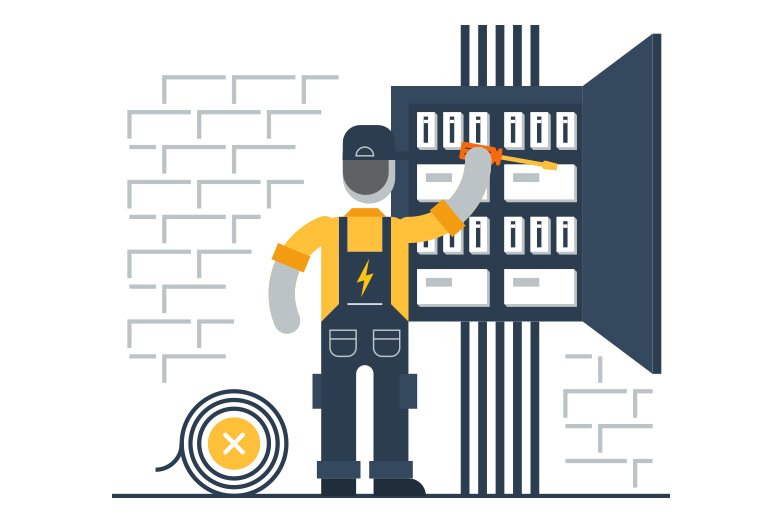
For customers in rural and regional areas, who have dramas with mobile coverage, Wi-Fi calling is a game changer. It’s a basic idea that lets you make phone calls using your home internet instead of your mobile network.
To enable Wi-Fi calling on your device, there are a few steps that need to be taken into consideration:
- Your device needs to be compatible with Wi-Fi calling. Most modern smartphones and tablets support this feature, but it’s always best to check to ensure compatibility.
- A good router can ensure a stable and fast Wi-Fi connection, which is crucial for high-quality voice calls. If the router is old or faulty, it can cause dropped calls, poor call quality, or even prevent Wi-Fi calling from working altogether.
See what’s available at your property
Is Wi-Fi Calling free in Australia?
Wi-Fi Calling service is free to use in Australia as long as you have a compatible device and an active mobile plan that supports the feature. However, data usage from Wi-Fi Calling may be counted from your data allowance, except for unlimited data plans.
What devices support Wi-Fi calling?
Wi-Fi calling is supported on most new smartphones including iPhones running iOS 8 or later and Android devices running version 5.0 or later.
How to Enable Wi-Fi Calling?
Enabling Wi-Fi calling on an iPhone:
- Open the Settings app on your iPhone.
- Tap on “Phone” and then select “Wi-Fi Calling.”
- Toggle the switch next to “Wi-Fi Calling on This iPhone” to turn it on.
- Follow the prompts to enter your emergency address and confirm your wireless connection.
Enabling Wi-Fi calling on an Android device (the exact steps may vary slightly depending on your device and brand):
- Select “Settings” from the menu.
- Search and select “Wi-Fi Calling.”
- Toggle the switch next to “Wi-Fi Calling” to turn it on.
- Follow the prompts to confirm your wireless connection.
How much data does Wi-Fi calling use?
Wi-Fi calling uses data from the connected Wi-Fi network, but not from your mobile data allowance.
It depends on your plan, customers in an unlimited plan don’t need to worry about data usage. But according to WhistleOut, Wi-Fi calling uses approximately 100-120 kbps, which means that you’ll use around 45MB of data per hour.
Pros and Cons of Wi-Fi Calling
| Pros | Cons |
|---|---|
| Cost Savings | Latency Issues |
| Improved Coverage | Internet Dependent |
| Better Call Quality | Router Dependent |
Pros:
- Cost Savings: save customers money on their phone bills, especially when traveling or making international calls.
- Improved Coverage: help customers stay connected in areas that has limited coverage in remote areas, making it difficult to get a strong phone signal.
- Better Call Quality: provide clearer, more reliable calls than traditional phone calls, because it uses a more stable and higher-quality internet connection to transmit voice data.
Cons:
- Latency Issues: suffer from high latency, which can cause delays or poor call quality during Wi-Fi calls.
- Internet Dependent: if your internet service is offline you won’t be able to use Wi-Fi calling.
- Router Dependent: Wi-Fi calling is dependent on the router, so if you walk away from the router it could reduce the Wi-Fi signal as well.




